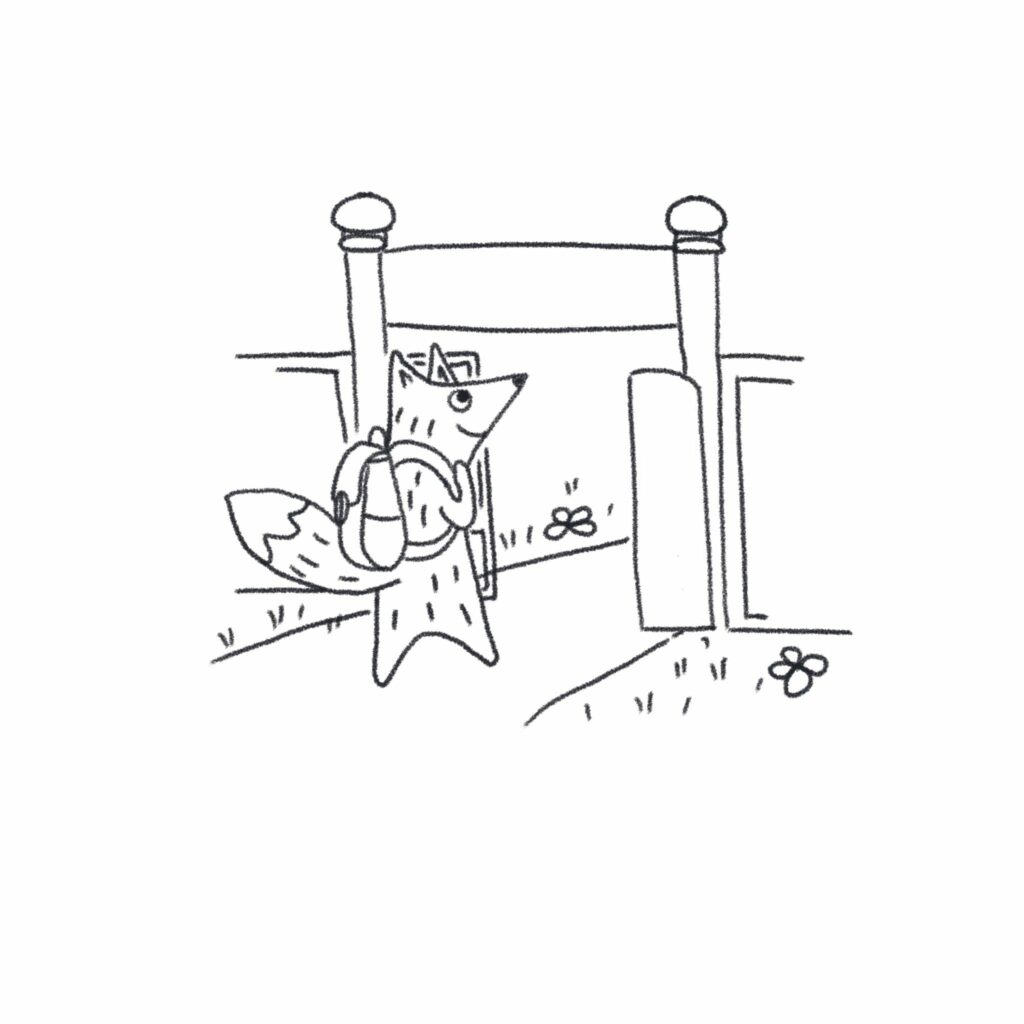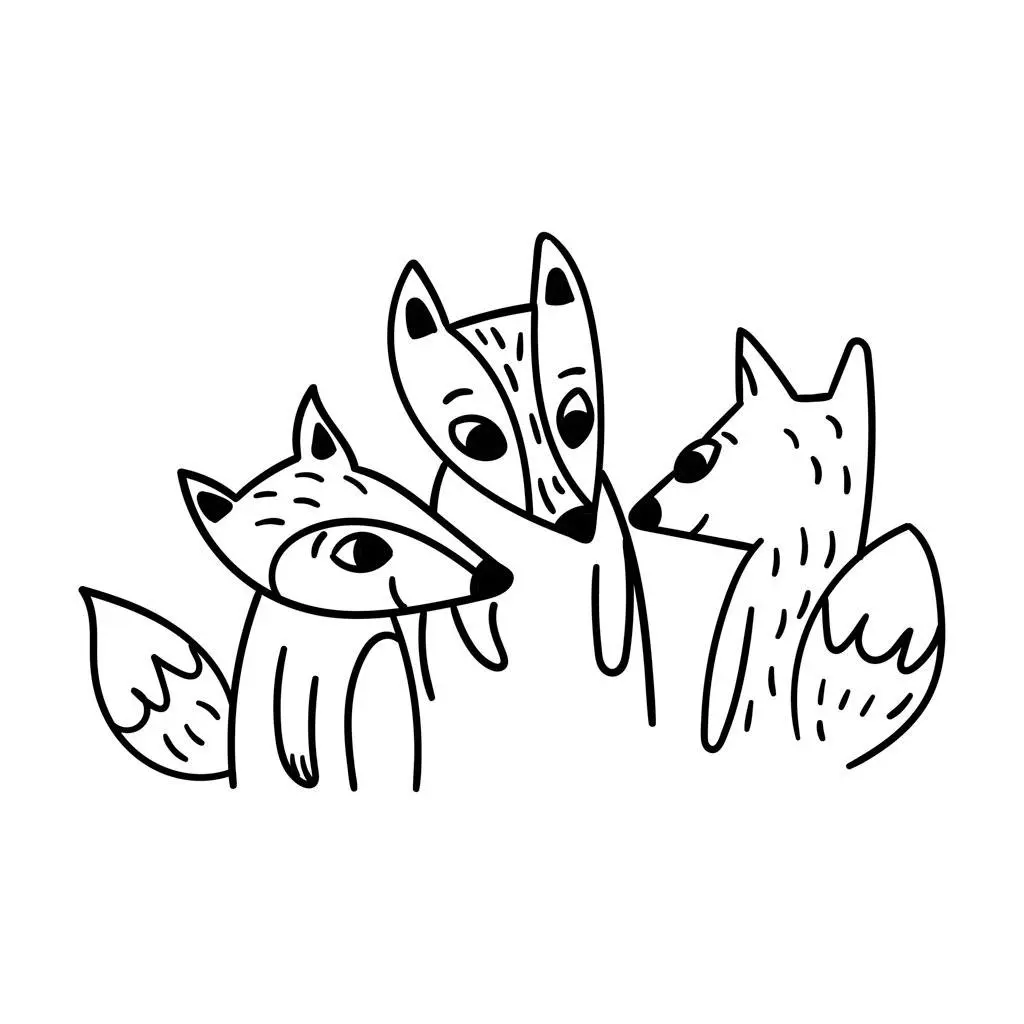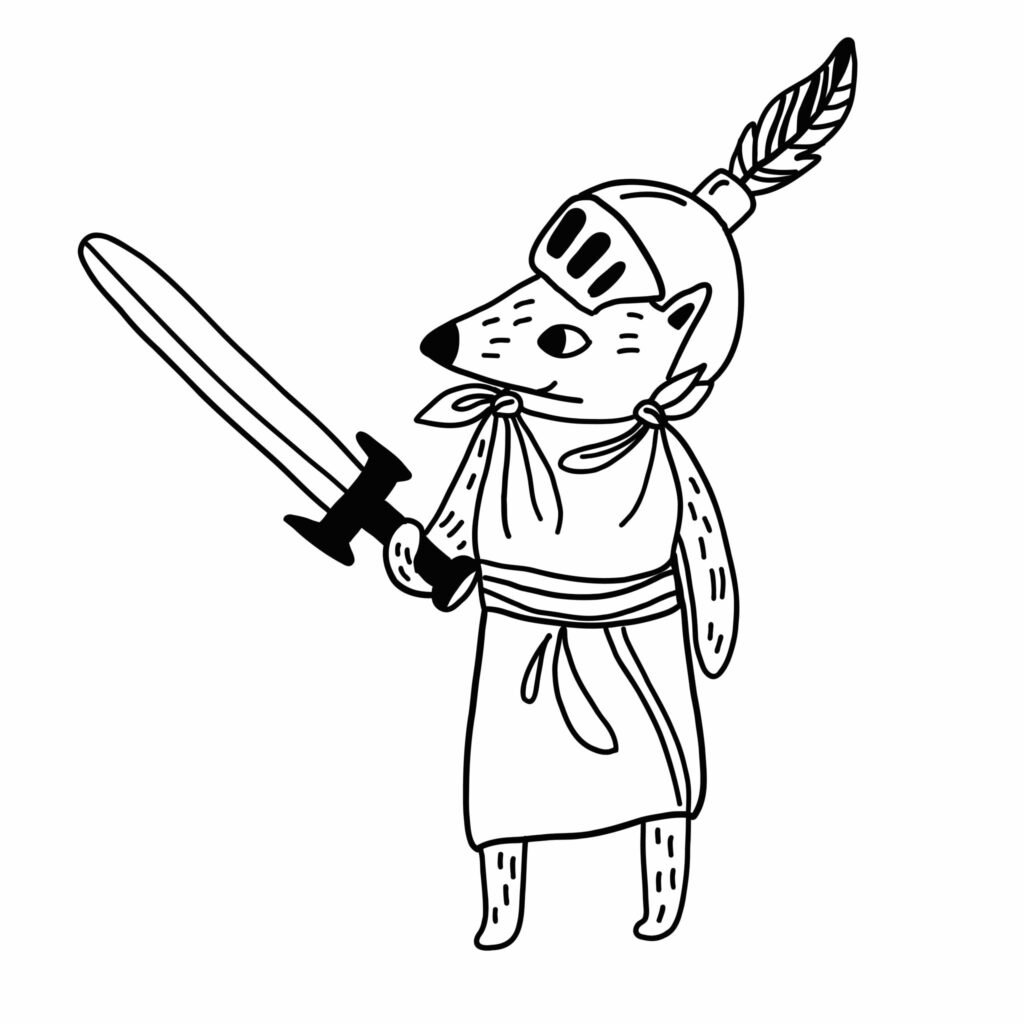Can you tell the difference between a good wine and a bad one?
What is it that marks one from the other? Have you ever tried tasting two wines side by side to see which was best? Did you have the skill to notice and the vocabulary to label what you discovered?
When you taste-test wine you are using a skill familiar to every toddler: sensory discrimination. It’s the art of noticing, of paying attention to difference, and it’s at the heart of how children learn.
I’ve got a book on wine-tasting by Jancis Robinson. Much of it isn’t remarkable in any way: red, white, Pinot Noir, Chardonnay. But one thing really stands out. At the beginning there is a chapter on how to identify the different types of wine: sweet, dry, acidic, tannic.
Best of all, instead of describing the flavours, she tells you to get a glass of cheap wine and explains how you can improve it.
Take a glass of dry wine. Add some sugar. How does it taste? Better? Now add more, and more, and more. Keep tasting. At what point does it taste too sickly, like a bad dessert wine?
Even then, you can save your too-sweet wine. Go to the cupboard and get some cream of tartar. Add a quarter spoonful. Now there’s some acidity and the wine has come back to life. But put too much in and you start to get that taste in your mouth when you’ve sucked a lemon. I bet the saliva is now running down the middle of your tongue just thinking about it.
If your wine is red you can also add tannins, either with powder or a left-for-too-long tea bag. Tannins are that astringent sensation you get in your mouth when you chew on a grape stalk. The bitterness makes your mouth pucker.

What does this experimentation tell us about play?
As adults, we don’t explore materials in the way we used to as children. We already know what will happen if we add too much water to our bread dough or mix in a spoonful of olive oil. When was the last time you truly investigated something?
But for children, everything is new.
THIS is why I say down with Pinterest-friendly activities! Under 5s are still discovering the world. Before they can attempt pre-determined activities they need to be familiar with the materials they are using. If you are asking your daughter to copy that beautiful craft-paper Easter bonnet you saw on Instagram it had better not be the first time she has seen PVA glue and glitter otherwise you are in for a messy surprise. Your activity will be subverted amid an explosion of chaos and fun.
There’s nothing wrong with craft activities per se. Once your child has the skills to complete them successfully (and is motivated to do so) they can be a lovely way to spend an afternoon. Who doesn’t enjoy a mammoth Christmas card and paper-chain-making session?
Just make sure your child has had the time to explore the materials first. Mixing, sticking, cutting, pasting. These activities are enjoyable in their own right. There’s no need to have an end product.
It’s also liberating for you as you learn to have a zen-like non-attachment to the outcome.
But maybe leave the wine-tasting until your child is a bit older…
😉





